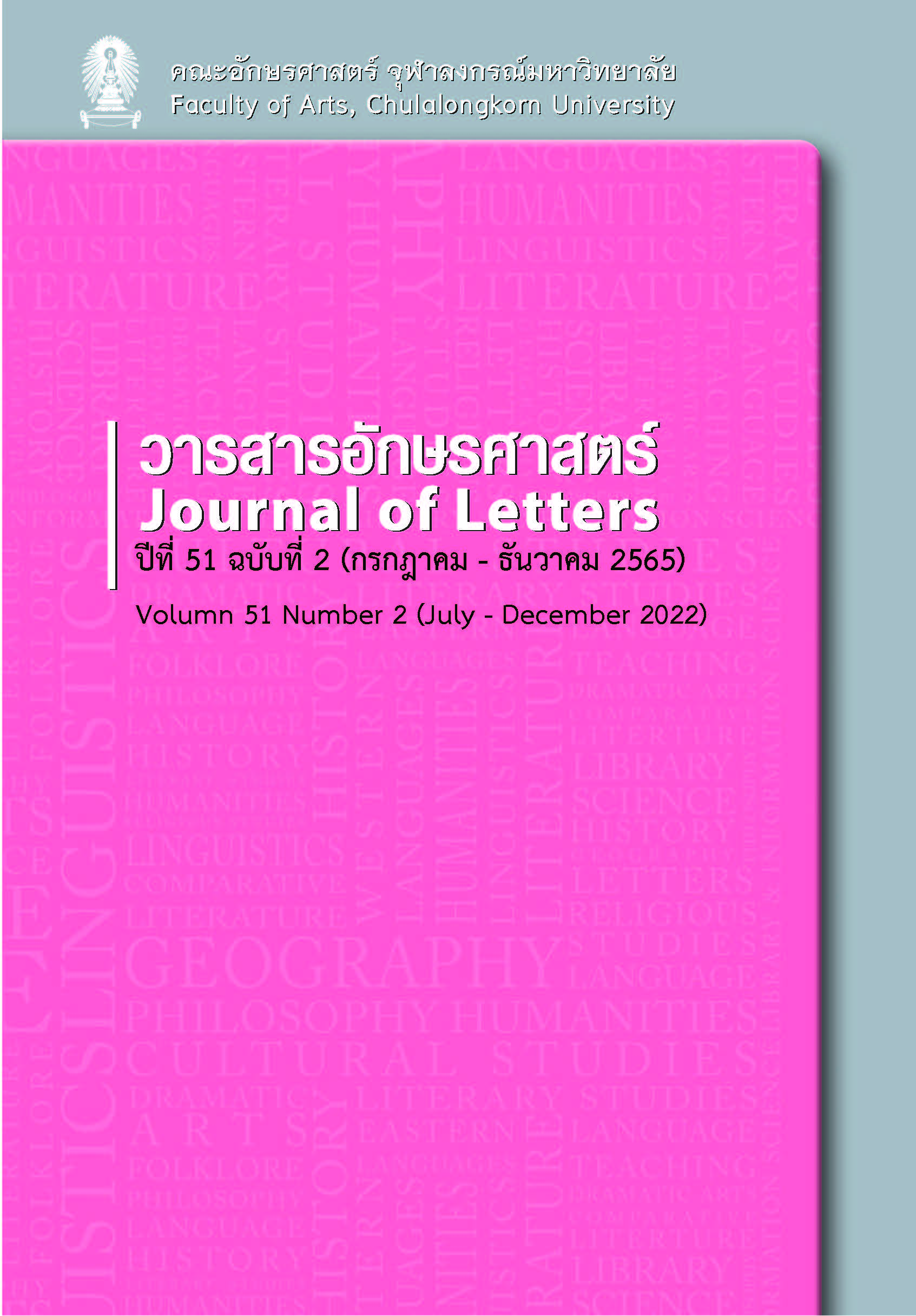Relationships between Principles of Gems Classification in Bhoja’s Yuktikalpataru and Ayurvedic Principles
Keywords:
Indian Lapidaries, Sanskrit Technical Literature, Vaisesika Philosophy, Yuktikalpataru, AyurvedaAbstract
According to the lapidary section in Yuktikalpataru ascribed to King Bhoja, some precious stones were classified by manifold principles, suspected to be predominantly based on Ayurvedic concepts. Research is needed to establish whether these classification schemes were truly based on Ayurvedic theory. This research paper examines gem classification as depicted in the Yuktikalpataru and its conformity with Ayurvedic-based schemes of classification. Research data were selected from descriptions of diamond (vajraparīkṣā) and pearl testing (muktāparīkṣā). Results show significant influence on gem classification of some basic principles of Ayurveda: a classification scheme based, with a few exceptions, on the principles of Pañcamahābhūta, Tridoṣa and four Varṇas. It could be said that the author of Yuktikalpataru tended to apply these principles to gem testing. Moreover, this exemplifies the nature of Indian technical literature – cross-disciplinary integration which can throw new light on the primary learning area.
References
ภาษาไทย
Aroonwan Kongmebhol อรุณวรรณ คงมีผล. (2018). Sarattha lae khwam samkhan khong sat haeng anyamani India boran สารัตถะและความสำคัญของศาสตร์แห่งอัญมณีอินเดียโบราณ [Essence and significance of ancient Indian lapidaries] [Doctoral dissertation, Chulalongkorn University]. CUIR. http://cuir.car.chula.ac.th/handle/123456789/73364
Sunthorn Na-Rangsi สุนทร ณ รังษี. (2002). Pratya India: Prawat lae Latthi ปรัชญาอินเดีย: ประวัติและลัทธิ [Indian philosophy: History and thought]. Chulalongkorn University Press.
Thewan Thaneerat et al. เทวัญ ธานีรัตน์ และคณะ (Eds.). (2008). Tamra wichakan ahan phuea sukkhaphap ตำราวิชาการอาหารเพื่อสุขภาพ [Food-for-Health textbook]. Department of Thai Traditional and Alternative Medicine.
ภาษาอังกฤษ
Balkrishna, A. (2015). A practical approach to the science of Ayurveda: A comprehensive guide for healthy living. Lotus Press.
Bhaurao, D. S. (2017). Understanding the concept of Varnotpatti in Ayurveda. International Journal of Innovative Research in Medical Science 2(9), 1341-1345.
Janki, S. S. (2003). Ayurveda (Sanskrit). In A. Datta (Ed.), Encyclopaedia of Indian literature: A-Devo (Vol. 1, pp. 310-311). Sahitya Akademi.
Oldenberg, H. (1997). The doctrine of the Upaniṣads and the early Buddhism. Motilal Banarsidass.
Patel, S., Bhagat, V. V., & Rathod, K. (2019). A comprehensive and comparative view of GUNAS in Ayurveda and Vaisesika philosophy. International Journal of Advanced Research, 7(7), 576-587. http://dx.doi.org/10.21474/IJAR01/9397
Ramesh, G., & Yadav, C. R. (2017). Interrelation between tridosa & triguna. International Ayurvedic Medical Journal, 5(9), 3540-3548.
Revankar, R. G. (1971). The Indian constitution--A case study of backward classes. Associated University Press.
Roy, M. (2006). Āyurveda. In P. Ray & S. N. Sen (Eds.), The cultural heritage of India vol. VI: Science and technology (pp. 152-176). The Ramakrishna Mission Institute of Culture, Kolkata.
Singh, L. M. (1999). Doṣa in Āyurveda. In K. Advaitavadini & C. Sukumar (Eds.), Kalātattvakośa: A lexicon of fundamental concepts of the Indian arts vol. IV: Manifestation of nature (pp. 218-226). Indira Gandhi National Centre for the Arts and Motilal Banarsidass.
Tirtha, S. S. (2005). The Āyurveda encyclopedia: Natural secrets to healing, prevention & longevity (5th ed.). Ayurveda Holistic Center Press.
Walker, B. (1995a). Humours. In Hindu world: An encyclopedic survey of Hinduism vol. I: A-L (pp. 466-467). Indus.
Walker, B. (1995b). Substance. In Hindu world: An encyclopedic survey of Hinduism vol. II: M-Z (pp. 440-442). Indus.
ที่มาของต้นฉบับงานนิพนธ์สันสกฤต พร้อมอักษรย่อ
CS. Caraka-Saṃhitā (500 B.C. - A.D. 400)
Sharma, P. V. (1998). Caraka Saṃhitā (Text with English Translation). Chaukhambha Orientalia.
SS. Suśruta-Saṃhitā (500 B.C. - A.D. 500)
Āchārya, N. R. (Ed.). (1945). The Suśrutasaṃhitā of Suśruta: With various readings, notes and appendix, etc. Satyabhāmābāī Paṇḍurang.
YKT. Yuktikalpataru of Bhojarāja (A.D. 1075)
Sastri, P. I. C. (Ed.). (2018). Yuktikalpataruḥ mahārāja-śrībhoja-viracitaḥ (Yuktikalpataru by King Bhoja). In Aroonwan Kongmebhol, Sarattha lae khwam samkhan khong sat haeng anyamani India boran สารัตถะและความสำคัญของศาสตร์แห่งอัญมณีอินเดียโบราณ [Essence and significance of ancient Indian lapidaries] (pp. 160-282). [Doctoral dissertation, Chulalongkorn University]. CUIR. http://cuir.car.chula.ac.th/handle/123456789/73364 (Original work published 1917)
Downloads
Published
How to Cite
Issue
Section
License

This work is licensed under a Creative Commons Attribution-NonCommercial-NoDerivatives 4.0 International License.
Copyright and plagiarism
Authors are responsible for obtaining permission to use copyrighted materials from copyright owners. Authors are responsible for observing requisite copyright law when quoting or reproducing copyrighted materials. Quotations and reproductions of content from other published sources must be accompanied by a reference and all sources should be clearly listed in the references section. Quotations and reproductions of content from external sources without due attribution could be considered a severe infringement of academic conduct and may constitute a legal offence under the Copyright Act of B.E. 2537. Any legal ramifications arising from the infringement of copyright regulations would be the sole responsibility of the author(s).



